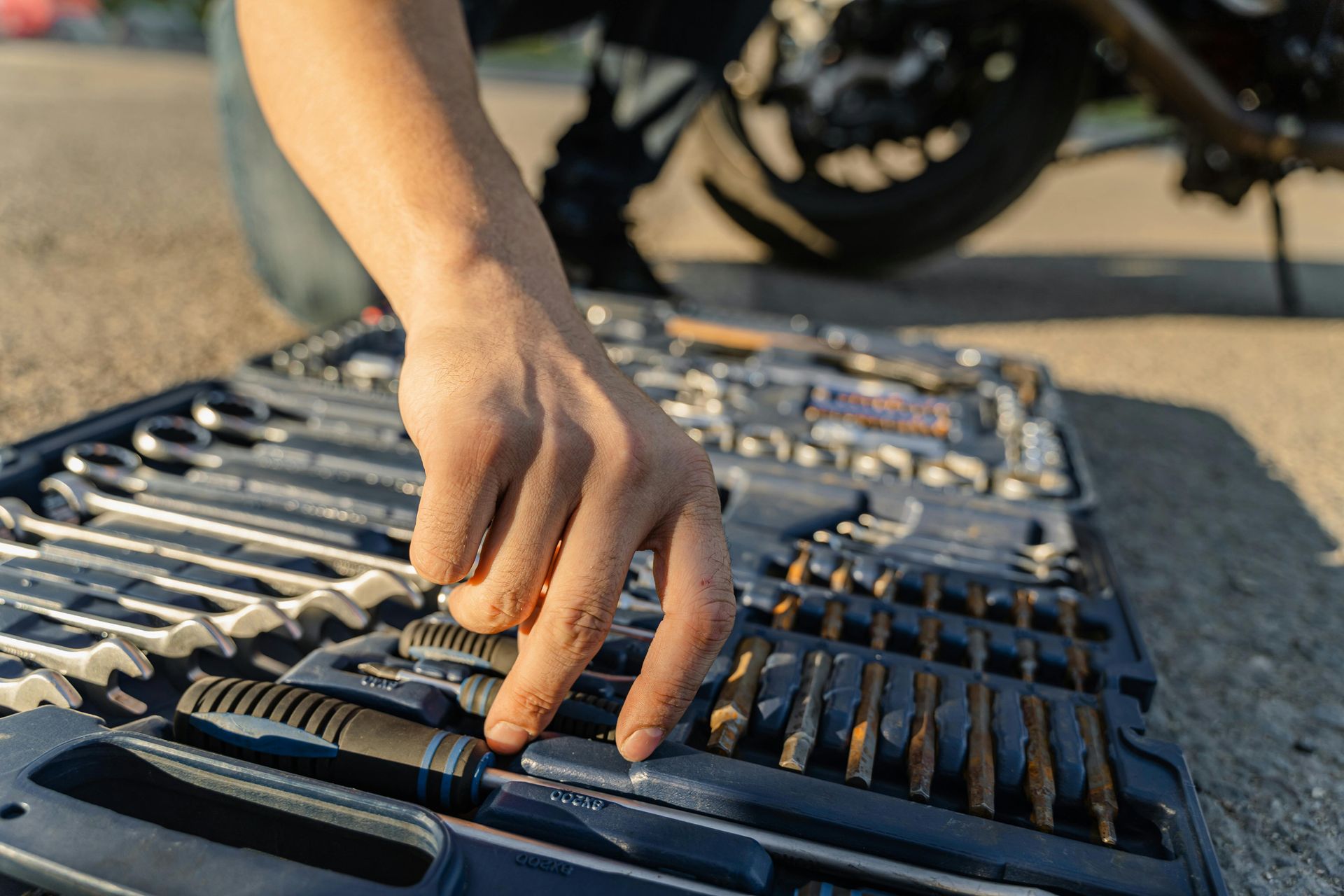Why Now Is The Riskiest Time To Own Your Business

Most people think of starting a business as risky, but unless you invest a significant amount of start-up cash in your venture, you’re not really risking much other than your time.
That changes if you’re lucky enough to get your business off the ground. As your company grows, you start to risk more and more of your wealth because the business you’ve built is actually worth something. The longer you hang on to it, the more you have to lose.
This phenomenon makes owners become more risk averse as their business grows, potentially squeezing off growth to avoid risking what they’ve created. This can mean the owner goes from a company’s great asset to its biggest liability.
Cigar City Brewing
For an example of how growth can impact an owner’s appetite for risk, let’s look at the case of Joey Redner, the founder of Florida-based Cigar City Brewing. Redner’s craft beer operation started off in 2009 with the relatively modest goal of selling 5,000 barrels of beer per year.
Cigar City proved popular with the locals and Redner was able to sell 1,000 barrels of beer in his first year of business.
Cigar City Brewing continued to grow but was thirsty for cash, eventually forcing Redner to take on an SBA loan. Redner quickly surpassed his 5,000-barrel goal, and by 2015, had scaled all the way up to 55,000 barrels per year, at which point he ran out of capacity in his brewing facility.
To get to the next level, Redner would have had to find another $20 million for a major expansion, but he was tired of the feeling of being “all in” at the poker table. He had built something successful and wanted to enjoy financial security rather than having to roll his winnings into even more debt that he would have to personally guarantee with the bank.
Redner decided to sell even though his business was still growing and he had built a brand Floridians loved.
And therein lies one of the hidden reasons owners decide to sell. They are tired of shouldering all of the risk. Most of us have a limited appetite for risk, and, as the Bob Dylan song goes, “When you ain’t got nothing, you got nothing to lose.” Start-ups aren’t risking much, but when you build something successful, every day that you decide to keep it is another day you have all (or most) of your chips on the table, and, no matter how strong your hand, eventually we all decide to cash in.
or
Recent articles for you






